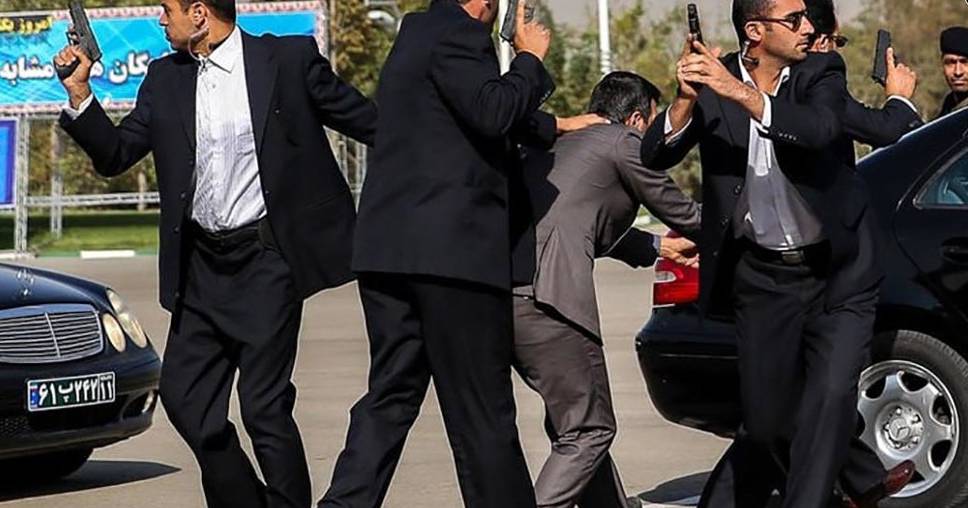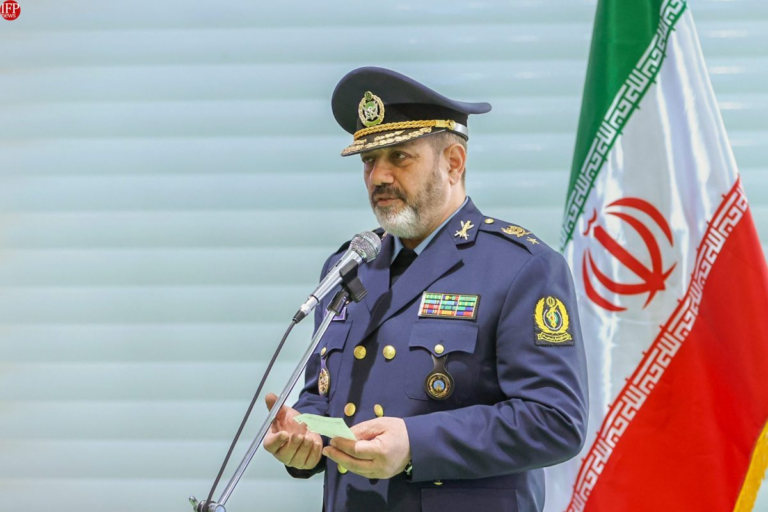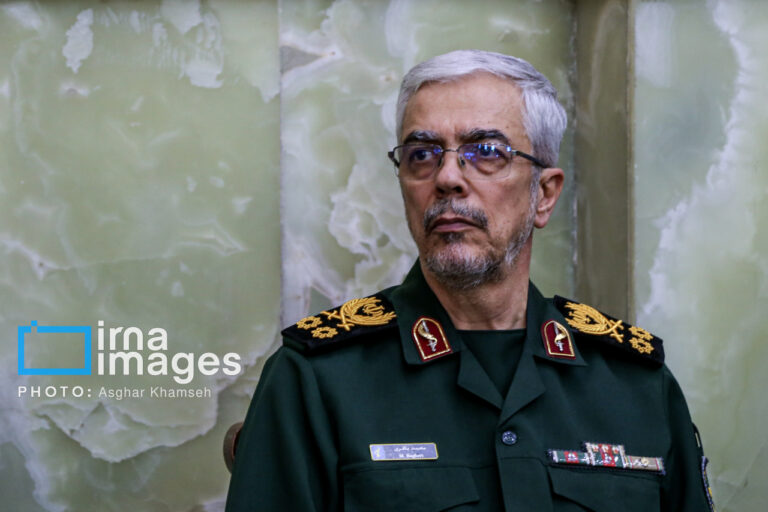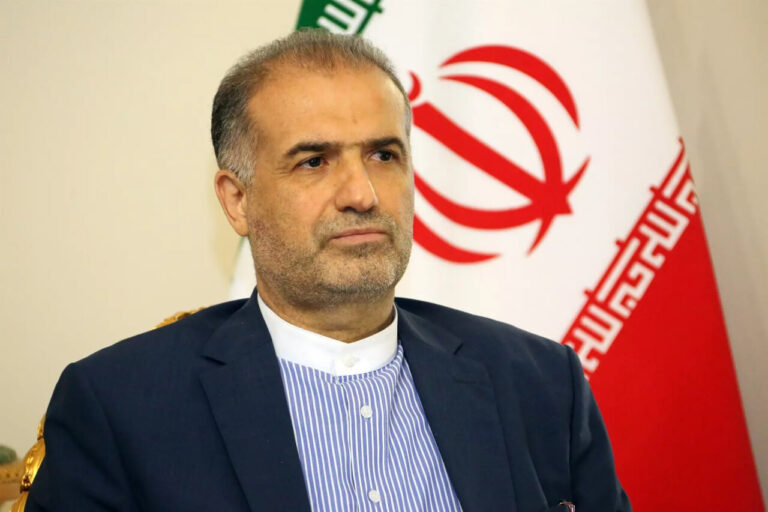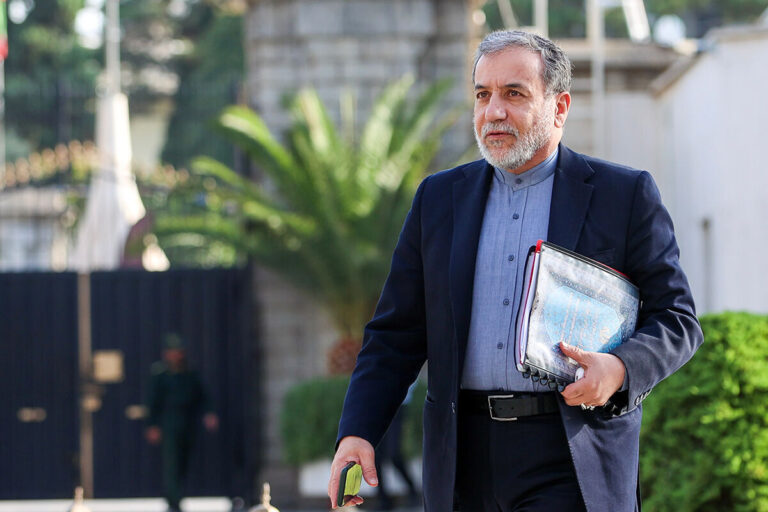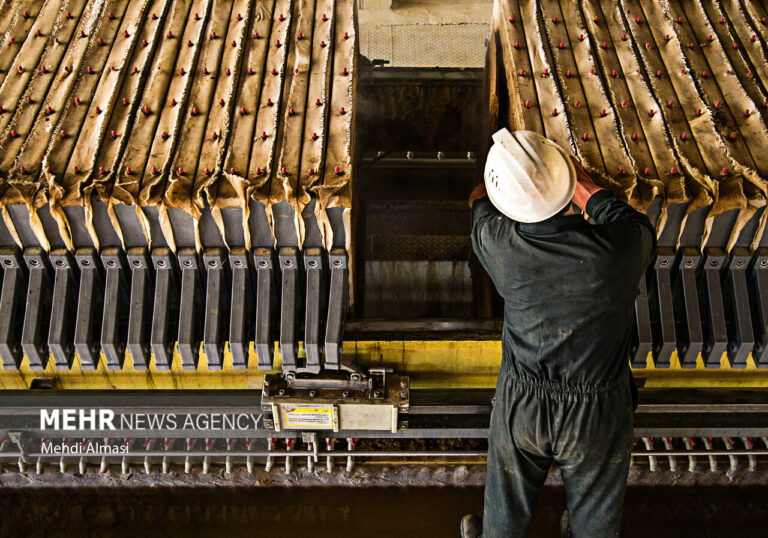Iran Equips High-Ranking Officials with Arms Amid Rising Assassination Threats, Warns Hacker Group
The recent issuance of gun permits to senior state officials in Iran has sparked significant concern and speculation. The Iranian police intelligence agency’s decision to authorize the distribution of thousands of firearms underscores a growing fear among the nation’s leadership regarding potential internal reprisals. This unprecedented move, reported by the hacktivist group Edalaat-e Ali, reveals the tension within the country and the government’s response to rising public discontent.
According to Edalaat-e Ali, the Law Enforcement Command of the Islamic Republic has approved the allocation of over 3,000 pistols to high-ranking officials. These weapons, which include stun guns and pepper spray, were distributed after a rigorous three-tier vetting process. The hacktivist group emphasized that this action reflects the Iranian leadership’s anticipation of retaliatory actions from its citizens.
“This extraordinary move reveals the extent to which Iran’s leadership anticipates retaliatory action from its own citizens,” Edalaat-e Ali stated on X. They highlighted that this measure stems from officials’ fears of being identified during potential uprisings. The report, while not immediately verified by Iran International, aligns with the backdrop of escalating tensions in the country due to economic struggles, water shortages, and political repression.
Key points regarding the issuance of gun permits include:
- The distribution includes a variety of weapons, such as pistols, stun guns, and pepper spray.
- Over 3,000 permits have been authorized for senior government officials.
- The vetting process involved three levels of scrutiny before the permits were issued.
- This action is seen as a response to fears of internal unrest and public backlash.
Security sources cited by Edalaat-e Ali indicate that members of the Islamic Revolutionary Guard Corps and the Intelligence Ministry have had access to similar equipment for several years. This revelation comes on the heels of a recent incident where farmers in Isfahan province set fire to a water transfer station, protesting against their limited access to the Zayandeh Rud river.
In January, two Supreme Court judges, Mohammad Moghiseh and Ali Razini, were tragically shot dead in Tehran, marking a rare and deadly attack on senior officials. The assailant, who was an employee responsible for refreshments at the judiciary headquarters, took his own life following the attack. Both judges were known for their strict ideologies and for imposing severe sentences on dissidents over the years.
Reflecting on the rising tensions, Supreme Leader Ali Khamenei stated, “If the enemies think they can instigate sedition within the country, the Iranian nation itself will respond.” This sentiment underscores the heightened security measures now in place across the nation, particularly at police stations and military facilities.
Edalaat-e Ali noted that visitor numbers to these facilities have been restricted, and ammunition supplies have been reduced to prevent weapons from potentially falling into civilian hands during a potential takeover. This increasing militarization of the state apparatus is a clear indication of the government’s concerns regarding public unrest.
The Iranian government’s approach to addressing public dissatisfaction has largely been characterized by repression. This is particularly evident in the aftermath of the tragic death of Mahsa Amini in police custody in September 2022, which ignited widespread protests under the banner “Woman, Life, Freedom.”
What initially began as outrage over Amini’s death quickly evolved into a broader movement challenging the government, fueled by long-standing political and social grievances. In response, authorities engaged in mass arrests and a brutal crackdown, resulting in over 500 deaths among demonstrators, according to reports from rights groups and the United Nations.
Despite efforts to stifle dissent, the potential for future unrest remains high. Notably, at least one-third of the Iranian population currently lives below the poverty line. Years of economic mismanagement, rampant corruption, and the burden of international sanctions have exacerbated crises such as fuel shortages and power outages, further igniting public anger.
The government’s hesitance to raise fuel prices, mindful of the deadly protests in 2019, illustrates its recognition of the growing risk of renewed demonstrations. As the socio-political landscape in Iran becomes increasingly fraught, the government’s reliance on armed force and repression may only serve to deepen the divide between the leadership and the populace.
In summary, the Iranian police’s unprecedented issuance of gun permits to officials is a reflection of the leadership’s anxiety regarding internal unrest. As the nation grapples with economic hardship and social discontent, the potential for future protests and government crackdowns looms large.
